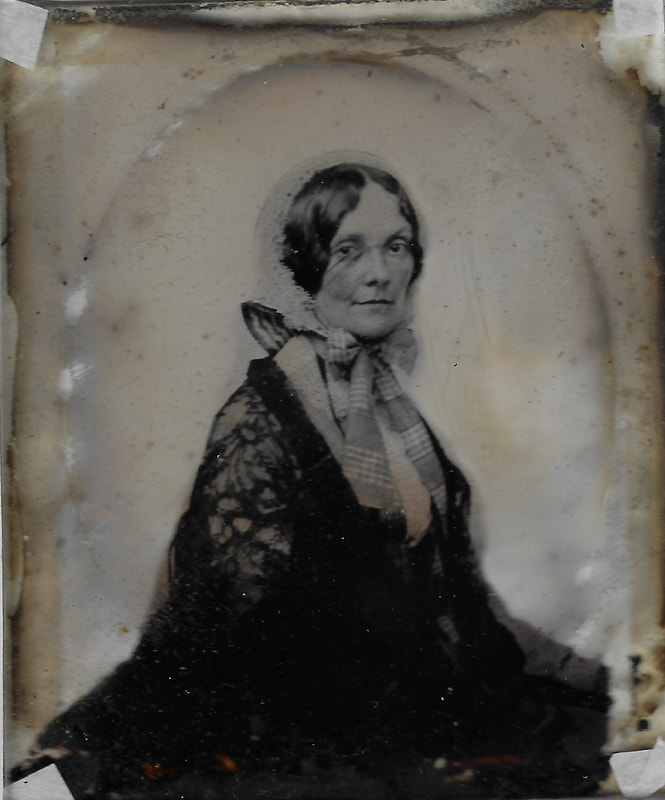|
Even though I hand sew almost every day, I do not use many different hand-sewing techniques every day. This morning I am sewing a rolled hem to finish a ruffle on a Lunardi hat for 1780s. Rolled hems are particularly helpful in sewing cap ruffles and other millinery projects, so I use this technique several times a year, but for some reason I forget how to get a perfectly formed rolled hem between the projects I use it on. There are several channels on YouTube I like to visit to brush up on hand sewing techniques.
Sewn Company by Sarah Woodyard has great videos on hand stitching and also offers classes. Sarah is not only an accomplished historical seamstress, but a delightful individual. I was honored to work with her at an event last August hosted by the Heritage Sewing and Skill Building Group in Savage, Maryland. The group offers classes and workshops on sewing from the colonial through the federal periods. They are now offering virtual programs as well. Another place I like to look for hand-stitching technique videos is Burnley and Trowbridge. Most historic seamstresses and tailors know them for their beautiful historic fabrics and tools, but they also have a YouTube channel. Their page is filled with all types of videos to help you with your hand sewing and they have had classes and sew alongs this summer as well.
2 Comments
This ruby ambrotype has been in my collection for at least 10 years, but she doesn't get to come out to play. Broken and poor quality, I wonder about her story. Ruby ambrotypes are developed on purple rather than clear glass and usually of better quality and yet here we are with a barely visible image. I have enhanced her image dozens of times to get a better look, but this is the best I have come up with so far. Is it actually taken outside or in front of a backdrop? How did she survive all these years in pieces and so difficult to see? Is it an image taken of an image, or a novice photographer with little experience? Some how I feel she is special, or special to me any way and I will continue trying to get a better view as technology improves. One day, I will get a better glimpse of this early 1860s beauty.
This mid-1850s ambrotype is filled will details. From her lace mantel to her white work collar, a lot of hard work and skill went into her ensemble. Most of these items were probably purchased rather than homemade. Popular from late 1856 through 1858, this style of bonnet creates a tiny halo around the face with its full cap of netting. One noticeable detail from the photograph is the curtain. Fabric doesn't lay like that by itself without support. Many extant bonnets have a wire at the bottom of the bavolet. The wire allows the bavolet to flare and stand out from the bonnet rather than lay limp. One more simple detail that we should be adding to our reproductions to more closely create the look of the fashion plates and photographs of the mid-19th century.
|
AuthorUsually Dannielle, sometimes Mandy Archives
January 2021
Categories |


 RSS Feed
RSS Feed